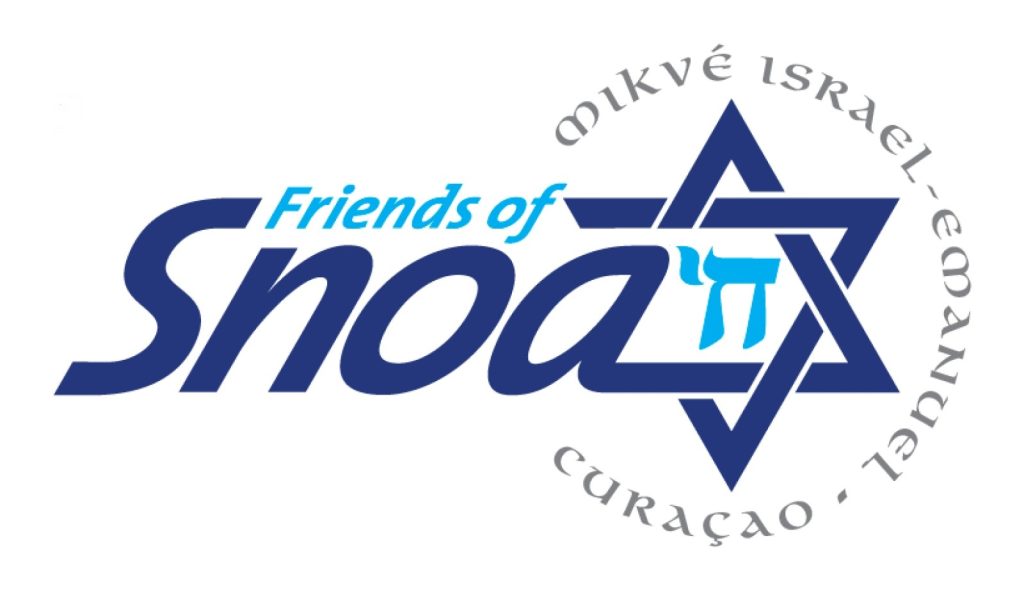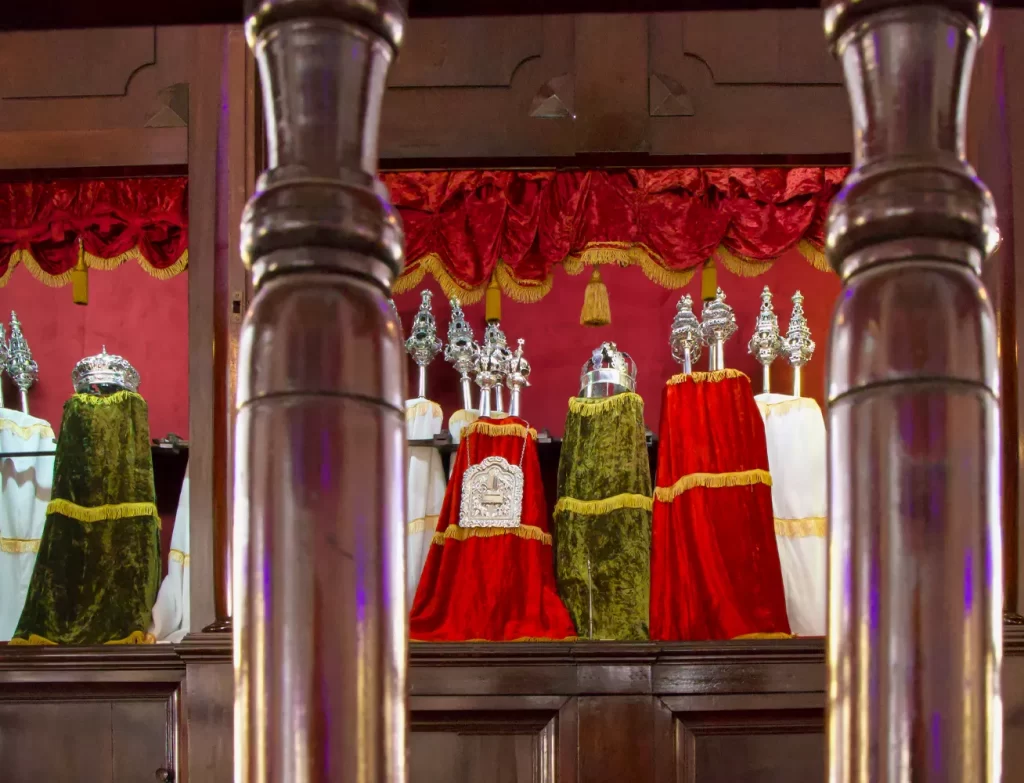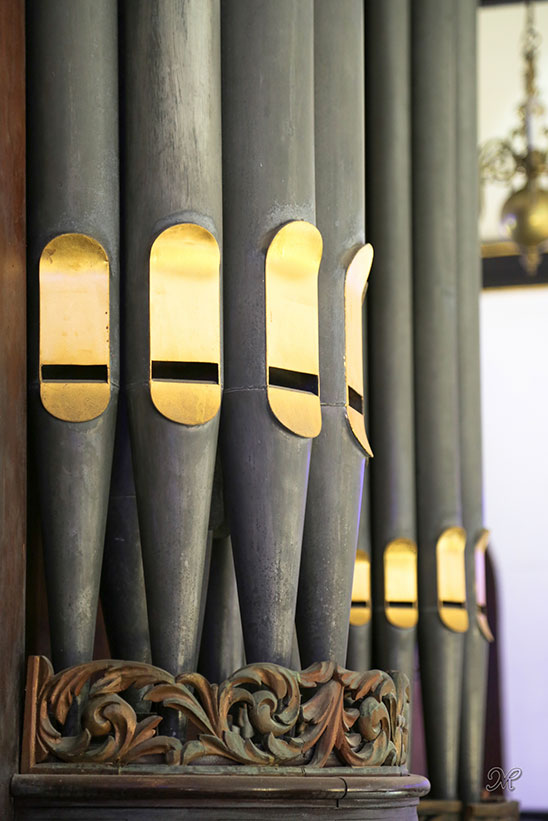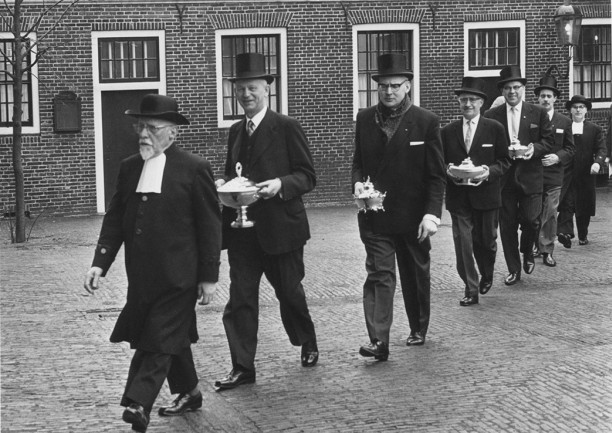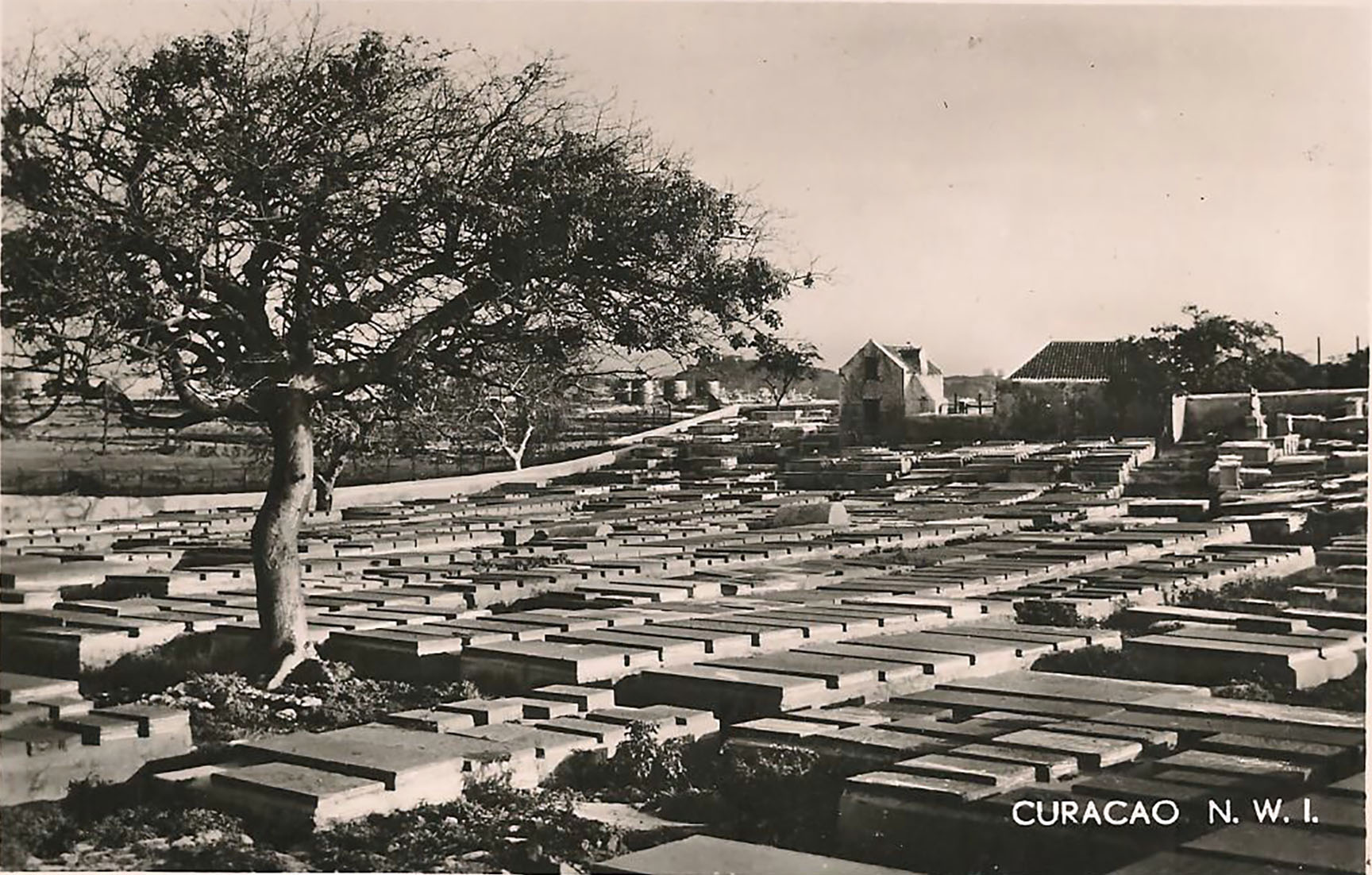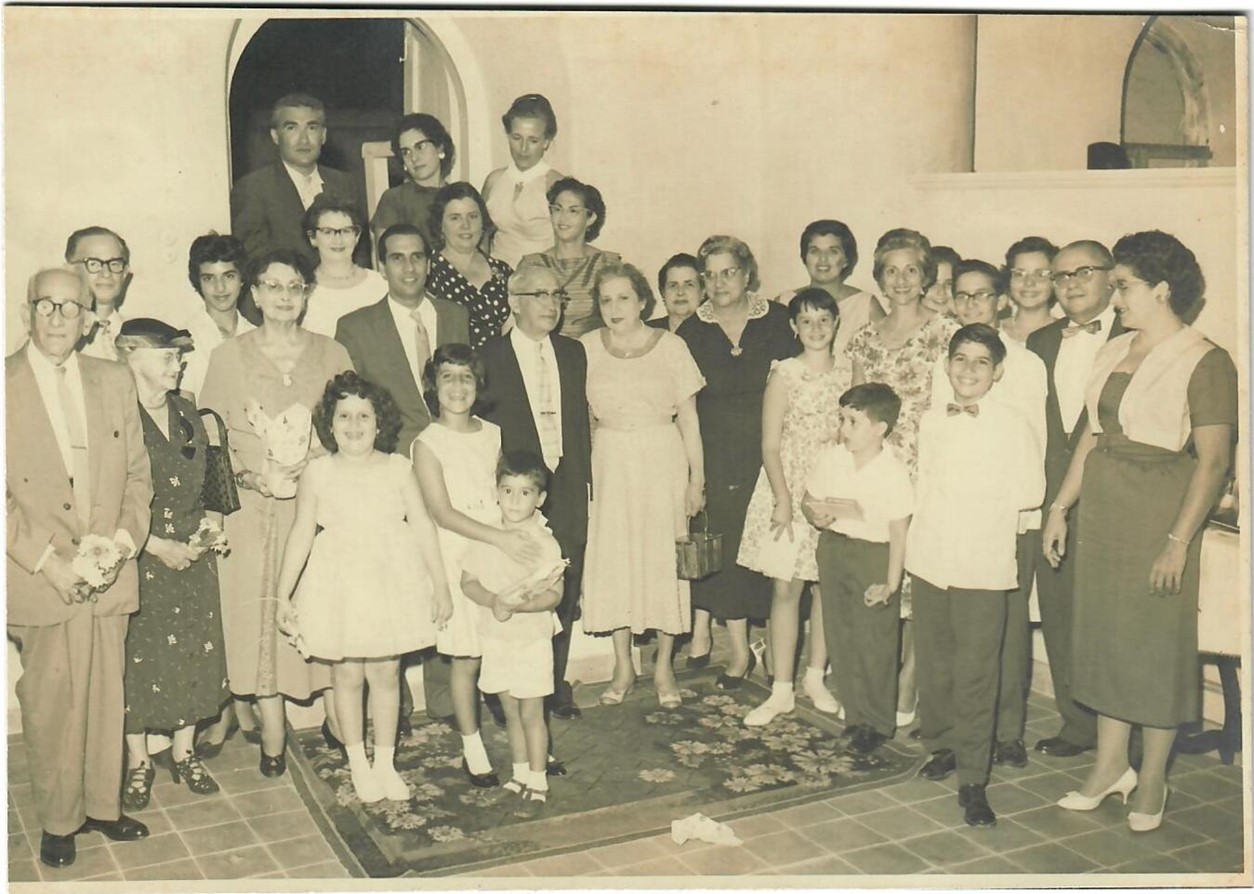Dotar Dotar is not an everyday word. In Spanish it means to gift, to endow, to give a dowry. In Sephardic history, it is a...
Brief History of the Curaçao Jewish community
Curaçao’s Jewish community was established in 1651 by twelve Sephardic families who had fled the Inquisition and the forced conversion to Christianity in Spain and Portugal. Here, on this Dutch island and with gratitude to the Dutch Royal House of Orange, they found religious freedom.
